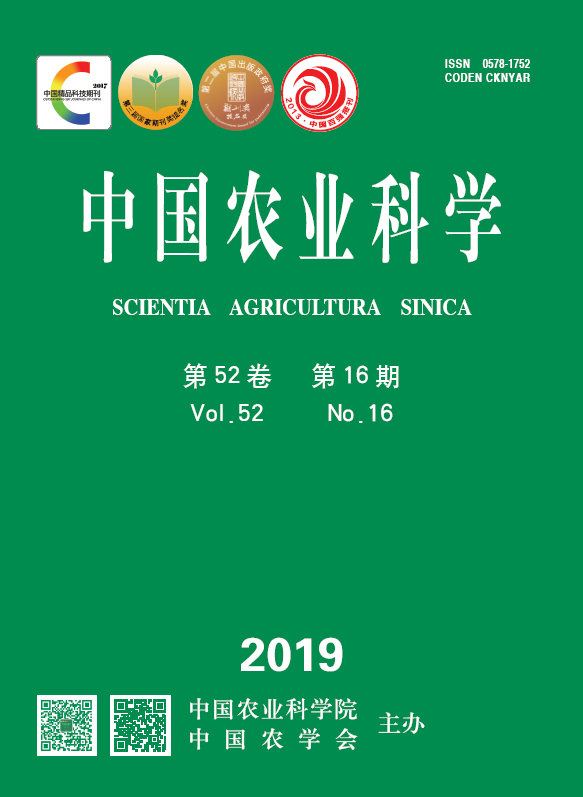【Objective】 The present analysis of genetic diversity of bred naked barley varieties of the Qinghai-Tibet Plateau was conducted to evaluate their genetic diversity, to explore measures to broaden the genetic basis, and to promote the breeding of naked barley varieties. 【Method】 In total, 105 bred naked barley varieties grown commonly and broadly across Qinghai-Tibet plateau, which has been surveyed since 1950, and 3 introduced varieties were selected as study materials. The genetic diversity of the investigated varieties was estimated by coefficient of parentage (COP), and then based on these COP values, a clustering analysis was conducted using Lance and Williams distance and UPGMA. Ultimately, the core parents in Qinghai-Tibet plateau were determined by examining the cumulative direct coefficient of parentage (CD-COP). 【Result】Overall, 18.01% of variety combinations were genetically related. The COP of all combinations ranged from 0.000 to 0.750, with an average of 0.053, which was significantly higher than that of the main barley varieties of China and North American. Based on the released time, the investigated varieties were divided into seven decade-long periods since 1950. The average COP value of the combinations that was made by the investigated varieties bred in the 1970s and 1980s were higher, reaching 0.115 and 0.107, respectively, while this index was lower at the 1990s and the recent decade, reaching 0.040 and 0.032, respectively. The numbers of investigated varieties from the Tibet Autonomous Region, Qinghai Province, Sichuan Province, and Gansu Province were 48, 27, 17, and 12, respectively. The average COP of the combinations made by the varieties from Gansu Province was highest, reaching 0.220, while the average COP of the combinations made by the bred varieties from Tibet Autonomous Region, Qinghai Province, and Sichuan Province were similar, reaching 0.094, 0.122, and 0.138, respectively. Cluster analysis placed the investigated varieties into seven groups, of which 25 were in groups II and III, with a relatively low average COP of combinations within each group, while 83 were in the other five groups, which had higher average COP of combinations. The cumulative direct COP of 40 investigated varieties were more than 0; of these, 9 bred varieties were identified as important core parents in Qinghai-Tibet plateau, from which 67 varieties had been derived. 9 core parents and their 67 derivatives account for 72.38% of the number of investigated bred varieties. In the 1960s, the number of core parents and their derivatives accounted for 41.76% of the number of investigated varieties. For the next four decades, the proportions of core parents and their derivatives out of all investigated bred varieties in each period reached 80.00%, 80.77%, 76.47%, and 72.22%, respectively. In the last decade, the index has declined further, but still reaches 68.75%. In the Tibet Autonomous Region, Qinghai Province, Sichuan Province, and Gansu Province, the proportion of core parents and their derivatives out of the number of the investigated bred varieties reached 79.17%, 62.96%, 70.59%, and 75.00%, respectively. The total number of parents used in breeding was 118, including 97 local parents (82.20%), 15 introduced parents (12.71%), and 6 parents lacking source information. 【Conclusion】9 core parents and their 67 derivatives constitute the majority of naked barley varieties. The utilization of introduced barley germplasm has been inefficient. Consequently, the genetic diversity of naked barley varieties cultivated across the Qinghai-Tibet Plateau is relatively lower.









